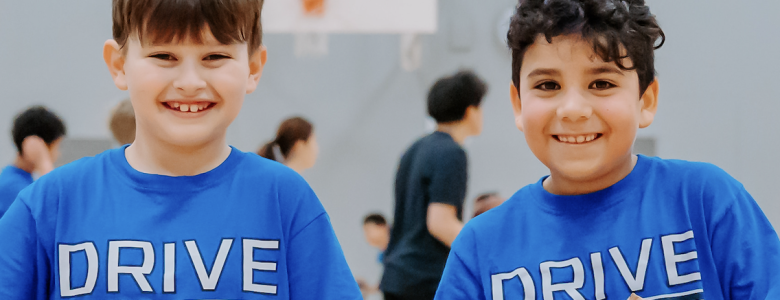One Basketball Activity Per Day Is Enough: The Importance of Balance for Young Athletes
In the fast-paced world of youth basketball, it’s easy for parents to feel like they need to do more to give their children every possible advantage. Many families spend their days traveling from city to city for multiple practices, fall leagues, and sessions with different basketball trainers. The result? Kids with jam-packed schedules, little downtime, and a constant grind that leaves them exhausted—not just physically, but mentally as well.
But here’s the truth: One basketball activity per day is enough. More than that, and it’s not only unnecessary—it can actually be counterproductive.
The Pressure to Do Too Much
I see it all the time. Well-meaning parents believe that to give their child the best shot at success, they need to load up their schedule with as many basketball-related activities as possible. Multiple practices with different clubs, traveling to fall leagues, and hopping from one trainer to the next—it’s all part of an intense effort to accelerate development.
But this approach is often based on the false belief that more is always better. While dedication is important, overloading a young athlete’s schedule with endless basketball activities can lead to burnout and, in some cases, resentment toward the game they once loved.
The Importance of Rest and Recovery
One basketball activity per day strikes the right balance between improvement and rest. Rest isn’t just about physical recovery; it’s also essential for mental well-being. Kids need time to unwind, spend time with family, focus on schoolwork, and engage in other interests outside of basketball. When their entire day is consumed with the sport, they miss out on the chance to recharge and develop as well-rounded individuals.
Rest also plays a critical role in injury prevention. Young athletes, whose bodies are still growing, need adequate recovery time between practices and games to avoid overuse injuries. Packing the schedule with multiple practices and training sessions every day increases the risk of injury, which can derail a young athlete’s development far more than missed practice time ever could.
Quality Over Quantity
The key to growth in basketball isn’t in the quantity of activities but in the quality of each session. When athletes are well-rested and focused, they get far more out of each practice or training session. A single high-quality practice can be more beneficial than several rushed and tired attempts at training.
When young players have time to reflect, rest, and approach each practice with energy and focus, they’re far more likely to develop their skills effectively. Quality reps, thoughtful drills, and learning to love the process lead to long-term success—something that a frantic, overloaded schedule simply can’t provide.
The Value of Balance
Balance is essential for young athletes—not just between sports and rest, but between basketball and life. Kids need time to explore other hobbies, enjoy time with their friends, and focus on their education. Basketball is important, but it doesn’t have to be everything. Encouraging your child to have a balanced life will not only help prevent burnout but also foster a deeper love for the game in the long run.
Parents should remember that development in basketball—and any sport—is a marathon, not a sprint. Your child’s love for the game, their enjoyment of the process, and their ability to grow at a steady pace will ultimately matter far more than how many practices or leagues they participated in during their youth.
Final Thoughts
One basketball activity per day is enough. More than that, and you risk doing too much, leading to exhaustion, frustration, and even injury. By allowing your child to focus on one high-quality basketball activity per day, you’re setting them up for long-term success—not just in basketball, but in life.
Give your child the space to rest, recover, and enjoy their journey. Trust the process, embrace balance, and remember: More isn’t always better.
Pasha Bains
Founder, Drive Basketball

